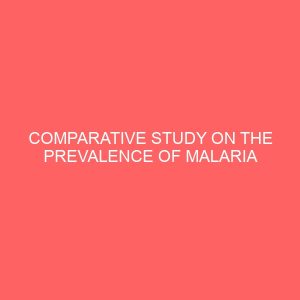Description
INTRODUCTION 1.1. BACKGROUND OF THE STUDY Sections 4(1) and 4(7) of the 1999 Constitution of the Federal Republic of Nigeria provide for the law-making function of the legislature at both the Federal and State levels. Consequently, there is a bi-cameral National Assembly made up of the Senate and House of Representatives at the Federal level, and the 36 unicameral State Houses of Assembly, all legislating for peace, order and good governance of the Federation and States respectively (Egobueze, 2010:4). Since the return to democracy in Nigeria in 1999, four Legislative Assemblies have been elected at both the Federal and State levels. These are 1999-2003, 2003-2007, 2007-2011 and 2011-2015. In each of these elections, thirty two legislators were elected to the Rivers State House of Assembly. This is in conformity with Section 91 of the 1999 Constitution of Nigeria which states, inter alia: Subject to the provisions of this Constitution, a House of Assembly of a State shall consist of three or four times the number of seats which that State has in the House of Representatives divided in a way to reflect, as far as possible nearly equal population: Provided that a House of Assembly of a State shall consist of not less than twenty-four and not more than forty members (FGN, 1999). The Rivers State House of Assembly is a unicameral legislature with thirty – two Members. The 1999-2003 Assembly was composed of three political parties viz; the Peoples Democratic Party (PDP), All Peoples Party (APP), later All Nigerian Peoples Party (ANPP) and Alliance Democracy (AD), while all the others have had only members of the Peoples Democratic Party (PDP) without an opposition party member in the House. The House currently has the following Officers: the Speaker, Deputy Speaker, House Leader, Deputy House Leader, House Whip and Deputy House Whip. Worthy to note is that all other Members of the House are Chairmen of Committees and each of them is a member of not less than four Committees.







